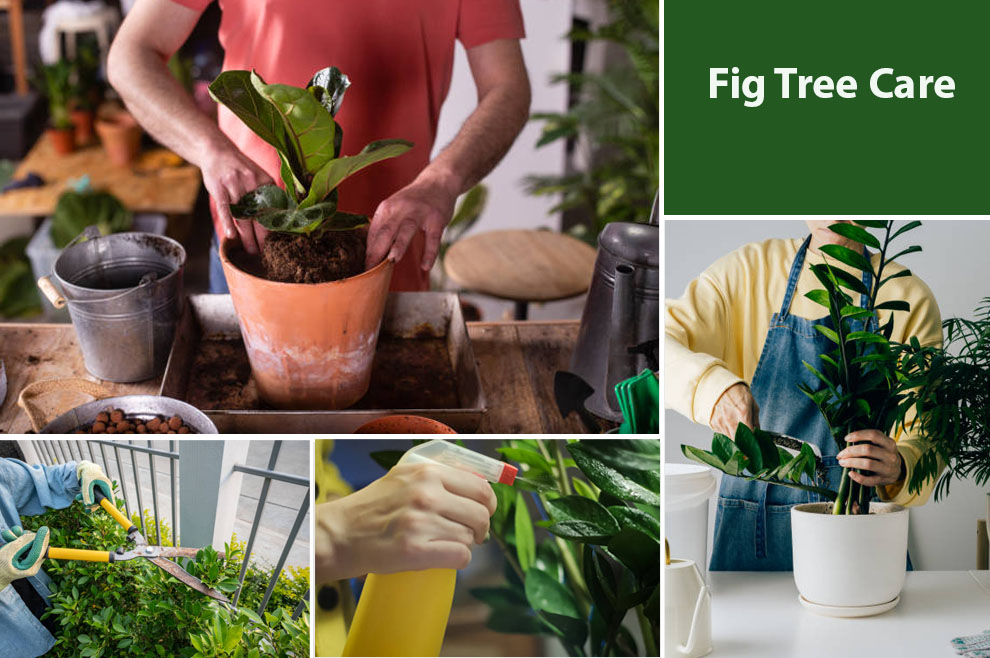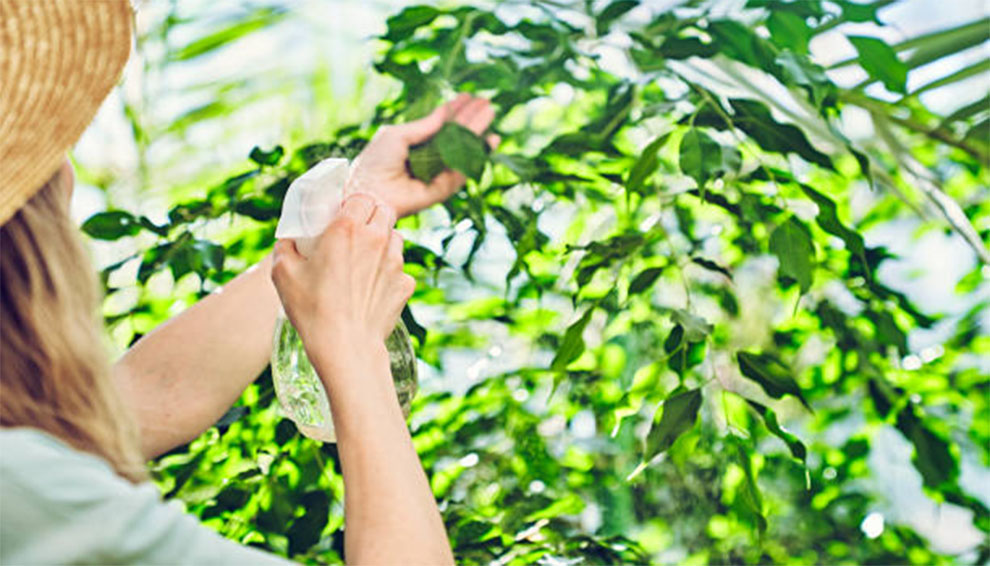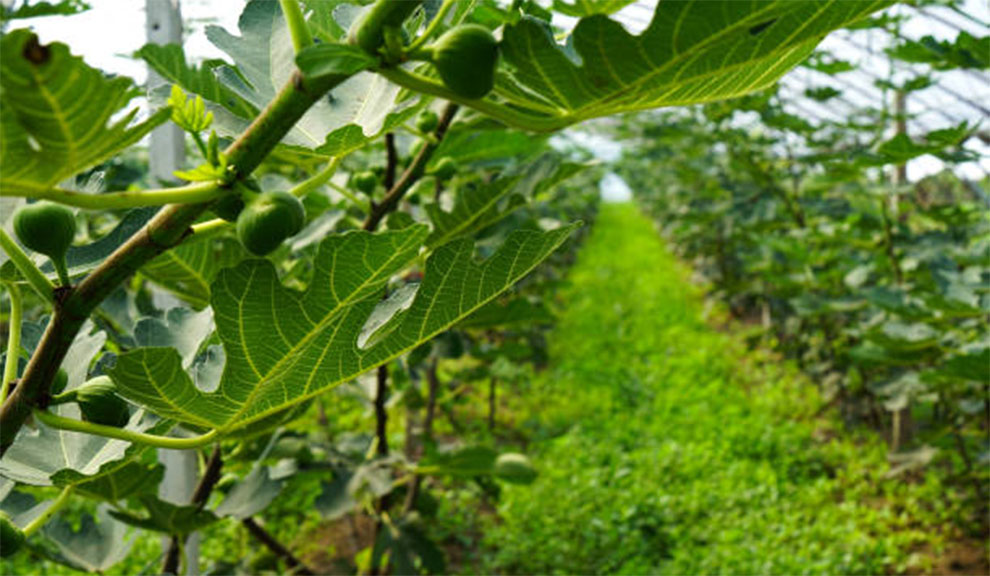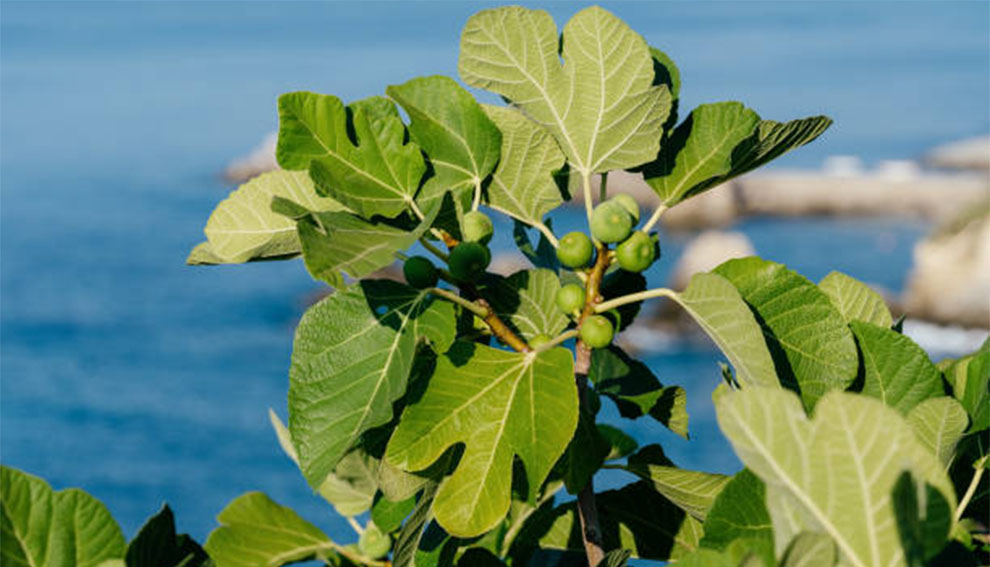Fig Tree Care: Location, Watering, Fertilizers & Seasonal Care!
Fig trees prefer regular watering, full sun, and well-drained soil. You must not over fertilize them ever – feed them sparingly. Further, prune them during the late winter to keep them in shape.

Caring for a fig tree is imperative to ensure abundant fruit production and vibrant health. Figs, with their delectable fruits and lush green foliage, can be a delightful inclusion to any orchard or garden.
Proper fig tree care involves a combination of appropriate feeding, regular watering, and vigilant pruning. These factors ensure that your fig tree gets the necessary care with nutrients to maintain its optimal shape for fruit bearing.
Well-draining soil and adequate sunlight are imperative in fostering a thriving fig tree. Overlooking these can result in stunted growth, increased disease susceptibility, and diminished fruit yield.
By dedicating proper attention and time to your fig trees, you accentuate their aesthetic appearance and achieve a bountiful of nutrient-rich, delicious figs.
This guide will take you through specific techniques and steps necessary to nurture your fig trees to their absolute potential.
How To Take Care Of A Fig Tree?

After you take the necessary steps towards planting the fig tree, ongoing care is paramount for its propensity. It involves several well-defined practices that cater to your plant’s specific needs.
From proper sunlight to keeping the soil well-drained to healthy pruning techniques, each aspect is imperative and contributes to your plant’s yield and growth.
However, if you are yet to embark on your journey of planting your own fig at home, refer to our comprehensive guide on growing your fig at home.
Now, let us start with the basics of keeping a fig tree healthy.
A. Do figs take a lot of water?
Watering is a vital aspect of the fig care. Figs have a moderate watering requirement. They need water predominantly in the growing season.
After you plant the figs, a consistent watering schedule is vital to help the plants establish a robust root system. Typically, young fig trees benefit from deep watering once weekly.
However, as they mature, you must alter the watering frequency based on the soil moisture levels and weather conditions.
Strike a balance – figs cherish well-drained soil but also seek ample moisture. Overwatering may result in root rot, whereas underwatering may curtail the growth and hamper fruit production.
You can ensure a thriving fig tree by monitoring soil moisture and adjusting watering frequency accordingly.
B. What temperature & humidity level is good for fig trees?

Fig trees cherish warm, Mediterranean-like climates. They are remarkably adaptable and can endure varying temperature zones. However, they thrive in a consistent temperature range between 50°F to 85°F (10°C to 30°C).
Further, proper fig tree care requires low humidity levels in the surroundings. Thus, they prefer arid or semi-arid regions. Proper air circulation around the tree is vital to avoid fungal diseases when planting in humid conditions.
So, those residing in areas with high humidity must grow their figs in a location with good airflow.
C. What is the best fertilizer for fig trees?
Fertilizing is crucial in sustaining the fig tree’s health and vitality. Incorporating nutrient-rich additives helps replenish the soil and provides the vital elements that the soil lacks.
Choose a slow-release, balanced plant food with a 10-10-10 formulation to help plants receive a well-rounded amalgamation of nitrogen, phosphorus, and potassium.
You can feed the fig trees in early spring after the new growth emerges and continue fertilizing across the growing season, tapering off in the late summer.
For younger trees, a measured fertilizer application helps. You can feed them every four to six weeks. But once the figs are established, feeding requirements change. So, fertilize the mature figs once every six to eight weeks.
Please do not overfeed the figs, as excessive fertilizer might trigger excessive growth at the cost of fruiting. Hence, always follow the packaging recommendations for a thriving and fruit-bearing fig tree.
D. Do fig trees need mulch?
Mulching is a beneficial practice in fig plant care. It has innumerable benefits:
- Mulching conserves soil moisture and is necessary to maintain optimal hydration levels for healthy growth.
- Mulch works like a natural insulator, regulating the soil temperature and guarding the roots against extreme weather conditions.
- Mulching suppresses weeds, reducing competition for water and nutrients.
For mulching, clear any debris or weeds around the tree’s base. Then, spread a thick organic mulch layer, like wood chips or straw, approximately two to four inches thick.
This layer must cover a wide area around the trunk. However, it must not be mounded against the trunk, as it may result in root rot.
E. How do you prune fig trees?
Pruning is necessary to maintain the tree’s optimal shape, ensure overall health, and encourage fruit production.
Regular pruning can help remove diseased or dead branches and improve air circulation and sunlight penetration. Further, it stimulates the development of robust, fruit-bearing branches and triggers new growth.
Ideally, prune the fig trees in early spring or late winter before any new growth shows. You can begin by removing damaged or dead branches, followed by any crossing or overcrowded limbs.
Further, consider thinning about the tree’s center to ensure better airflow. Though fig trees are naturally resilient, a well-pruned and shaped tree looks more aesthetically pleasing and promotes a better fruit yield. It also diminishes the risk of pests and diseases.
Seasonal Care for Fig Trees

For your fig tree variety to thrive and live a healthy lifespan, you must tailor the fig tree care per the seasons.
In spring, focus on fertilizing. It can help support new growth. You can also prune during this time to maintain the tree’s shape and aesthetic appearance.
Summer demands vigilant watering, especially during the dry spells when the weather gets hotter. It can help maintain adequate moisture levels.
During fall, lower the watering to help figs prepare for dormancy. Pick fallen leaves, fruits, and debris to avoid potential disease issues.
As winter approaches or during periods of continued heatwaves, the conditions get harsher for the fig plants. It is when they need special care and attention.
When the weather is excruciatingly hot, you must take measures to prevent drought stress.
Similarly, when there is continued heavy rain, ensure proper drainage to prevent waterlogging. Avoid watering, as the plant is already meeting its watering requirements from a natural source.
Further, cover fig trees or shift them indoors in regions with frost, especially when the night temperature drops significantly.
By adapting and altering the care routines to the weather and seasonal variations, you safeguard the fig tree against potential stressors and ensure optimal growth. For in-depth instruction on winter care, refer to our article on fig winter care.
What Is The Best Pest Control For Fig Trees?
Early detection and prevention are paramount in managing pests and diseases that may afflict your fig trees.
Some potential pests that can damage the figs are scale insects, aphids, and spider mites. Further, diseases like root rot and powdery mildew also pose significant threats to fig’s well-being.
Routine foliage examination for accessing potential infestation signs, such as abnormal growths or discolored leaves, ensures swift intervention and can save your fig trees.
You can opt for natural remedies like insecticidal soap or neem oil to control pests and diseases. These can help tackle most insect problems linked to figs.
As for fungal infections, consider using a baking soda and water mixture. It can be a solid preventive measure. Further, maintaining good hygiene around the tree by swiftly removing the fallen fruits and trees can curb potential disease spread.
Moreover, applying horticultural oil during the dormant season can help with overwintering plants.
Always remember that early intervention is imperative. So, addressing issues without delay can help with healthier fig tree lifespan and more robust trees in the long run.
How To Care For A Fig Tree Indoor?
Caring for indoor fig trees demands attention to specific elements. Ensure your figs receive ample sun. So, place them near a south-facing window for at least six hours daily.
Maintain regular watering, letting the soil dry slightly between two waterings. Indoor environments usually have a lower humidity.
So, consider incorporating a humidifier or placing a tray with pebbles and water near the tree.
During the warmer months, transition your indoor fig tree outdoors, gradually acclimating it to direct sunlight.
If you plant it in the ground, look for a well-draining spot with abundant sunlight. Please know indoor fig trees thrive with consistent attention and care to their unique requirements.
